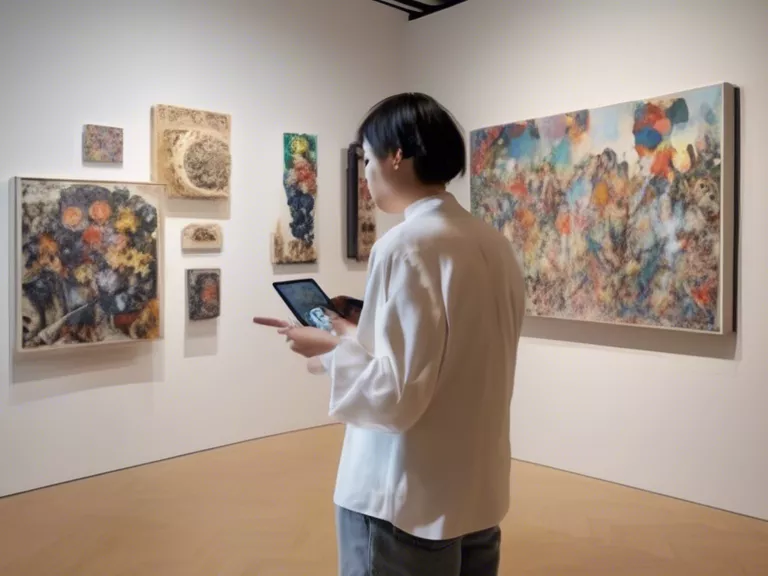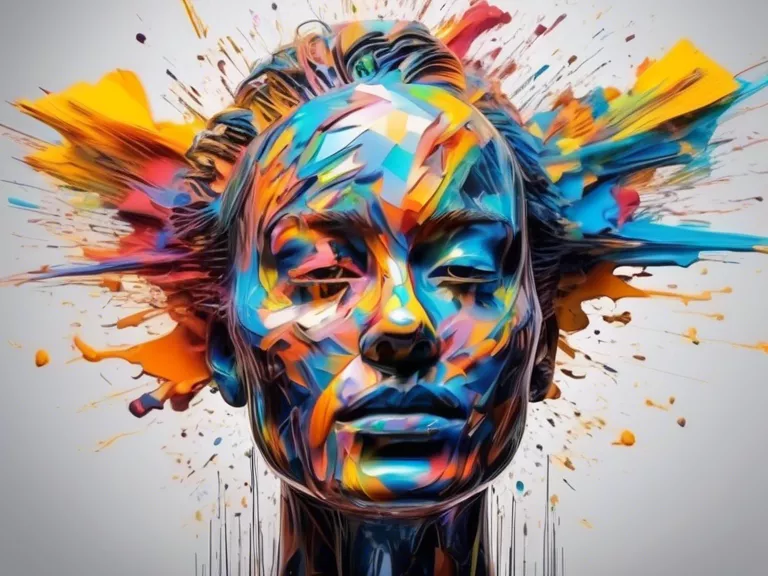
The Intersection of Art and Digital Evolution
In recent years, the art world has seen a significant shift towards embracing cutting-edge digital technologies. This evolution has been fueled by advancements in digital art forms, virtual reality, artificial intelligence, and other innovative tools that are revolutionizing the way we create, experience, and interact with art.
Digital Art Revolutionizing the Industry
Digital art encompasses a wide range of mediums, including computer-generated imagery, digital painting, and interactive installations. Artists are increasingly leveraging digital tools to push the boundaries of traditional art forms and explore new creative possibilities. Platforms like Adobe Creative Cloud and Procreate have made it easier than ever for artists to experiment with digital techniques and reach a global audience.
Virtual Reality and Augmented Reality in Art
Virtual reality (VR) and augmented reality (AR) technologies are also making a significant impact on the art world. Artists are using VR to create immersive experiences that transport viewers to virtual landscapes and interactive art installations. AR, on the other hand, allows artists to overlay digital elements onto the physical world, blurring the lines between reality and imagination.
Artificial Intelligence as a Creative Tool
Artificial intelligence (AI) is another game-changer in the art world, enabling artists to explore new forms of creativity and collaboration. AI algorithms can generate art, analyze trends, and even assist artists in the creative process. Organizations like Google's Magenta project are at the forefront of exploring the intersection of AI and art.
NFTs and the Digital Art Market
Non-fungible tokens (NFTs) have recently taken the art world by storm, offering a new way for artists to monetize their digital creations. NFTs are unique digital assets that are stored on a blockchain, providing proof of ownership and authenticity. This technology has opened up new possibilities for artists to sell and collect digital art in a decentralized marketplace.
Embracing Innovation in Art Institutions
Art institutions and museums are also embracing digital evolution, incorporating interactive exhibits, virtual tours, and online collections to engage audiences in new ways. The COVID-19 pandemic further accelerated this digital transformation, prompting galleries and museums to explore virtual exhibitions and digital programming to reach a global audience.
Conclusion
The art world's embrace of cutting-edge digital evolution is reshaping the way we create, experience, and appreciate art. From digital art forms and virtual reality experiences to AI-generated artworks and NFT marketplaces, technology is pushing the boundaries of creativity and opening up new avenues for artistic expression. As we continue to navigate this digital landscape, it is clear that the future of art lies at the intersection of innovation and imagination.

